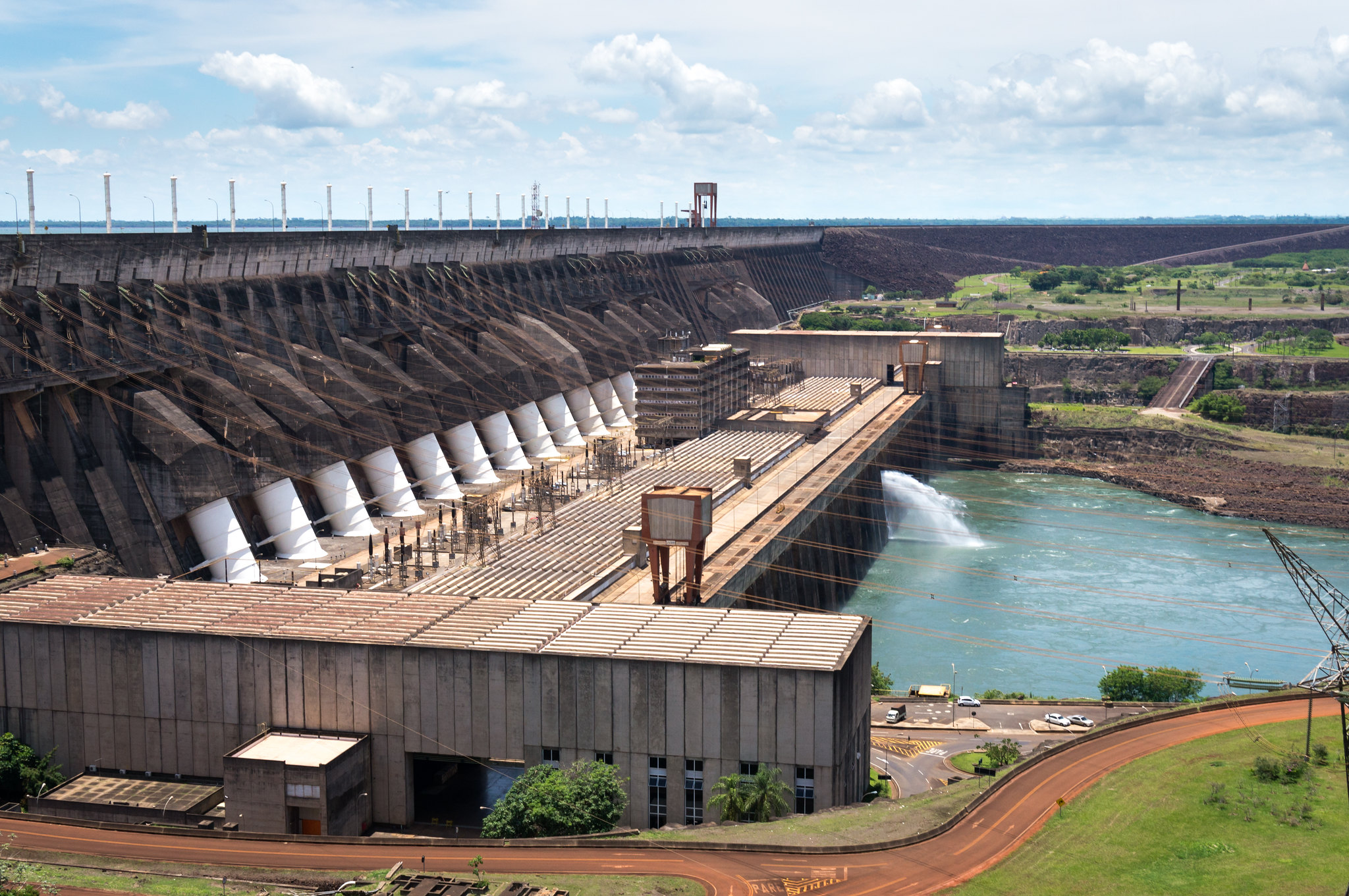- The center-west, south and part of the southeast regions of Brazil have seen rainfall well below average in recent years.
- Agriculture is the first sector to feel the effects of the drought, with drastic losses in production. Water supply and power generation have also been impacted.
- Agribusiness suffers the consequences of drought but also causes it: Deforestation of the Amazon to clear land for livestock, farming and logging affects the rainfall regime in Brazil and other Latin American countries.
- “South America is drying up as a result of the combined effects of deforestation and climate change”, says scientist Antonio Donato Nobre.

Over the past two years, drought has severely affected much of Brazil. According to a bulletin from the National Center for Monitoring and Alerts on Natural Disasters (Cemaden), an agency of the Ministry of Science, Technology, Innovations and Communications, rainfall has been below historical averages in the center-west, south and part of the southeast regions of the country, including in the state of São Paulo.
The phenomenon became more evident in 2012. “Severe drought started in the northeast and lasted almost seven years,” says Cemaden researcher Adriana Cuartas. “Then, in 2014, water supply was in critical conditions in the Greater São Paulo area. Now the focus of concerns turns to the south, where rainfall has been below average for almost two years.”
Scientist Antônio Donato Nobre, author of the report “The Future Climate of Amazonia,” is emphatic: “South America is drying up as a result of the combined effects of deforestation and climate change.”

Low precipitation has an immediate impact on agriculture. The next affected are water supply and power generation. Water levels in the reservoirs of several dams have been low, including Itaipu, the world’s second-largest hydroelectric power plant. “The water that comes from the rivers to the reservoir is below the minimum level recorded in 1993. It’s a critical situation,” Cuartas says. “The Itaipu basin is used not only for power generation, but also for water supply.”
Recent rains in the south may bring temporary relief to agriculture, but water conditions take time to return to normal. “Rainfall would have to be at average levels or above for several months for the water system to start recovering and resume expected levels,” Cuartas says.
Agribusiness has been suffering losses as a result of drought, but it also contributes to the changes in the water regime. Deforesting the Amazon to establish cattle ranches, plantations and logging reduces precipitation in Brazil and other Latin American countries. With deforestation increasing, agribusiness and power generation may collapse in Brazil.
The Amazon Forest works as a cooling system. On a single day, a robust tree with its 20-meter (66-foot) canopy pumps around 1,100 liters (290 gallons) of water into the atmosphere. These masses of air carrying vapor from the forest’s transpiration are called “flying rivers.” They take humidity from the Amazon Basin to Brazil’s center-west, southeast and south regions as well as to neighboring countries. With fewer trees in the forest, there is less humidity in the air. And that leads to drought.

Damaged harvest
The rainfall deficit throughout southern Brazil caused losses to agriculture and affected the 2019-2020 summer harvest. The state of Paraná faces the strongest drought since the Paraná Technology and Environmental Monitoring System (Simepar) started monitoring weather conditions in 1997. A report from the Paraná State Department of Rural Economy (Deral) points to losses in corn and bean production and reduced water supply. Some municipalities have declared a state of emergency.
In the neighboring state of Santa Catarina, production of soybeans, black beans and corn has been affected. In Rio Grande do Sul, the cereal harvest was 28.7% less than last year’s yield. Drought affects grain quality and, with size and weight well short of standard, harvesting does not pay off. The problem extends to corn, with a 32% loss in production. In certain areas, the crops have been used as cattle feed, which brings in lower returns. New rice plantations have also suffered: they require abundant water, and low precipitation has hindered the replenishment of water sources.
In addition to causing significant losses for large-scale plantations, drought in the south affects small producers, who are not used to extremely low rainfall. “The northeast region is somehow familiar with dry conditions and social adaptation strategies such as cisterns,” says Cemaden researcher Ana Paula Cunha. “The drought in the south, in turn, affects large-scale agricultural production and causes economic losses. When drought affects family farming, there is also a social impact.”
The areas that have suffered successive and increasingly severe droughts are precisely those irrigated by the flying rivers. Without the humidity that comes from the Amazon, Brazilian regions with better production infrastructure would probably have a very hostile climate.
“What is good for agriculture is the middle way, that is, the balance, climate regulation, which moderates extreme absence or excess,” says Nobre, from the Terrestrial System Science Center of the national space agency, INPE. “And no technology can compete with forests’ multiple moderating capabilities for promoting and regulating a friendly, safe and productive climate.”

Banner image of drought in the Sobradinho reservoir in northern Bahia. Image by Marcello Casal Jr./Agência Brasil.
This story was first reported by Mongabay’s Brazil team and published here on our Brazil site on July 28, 2020.
